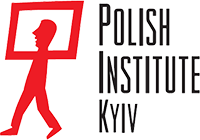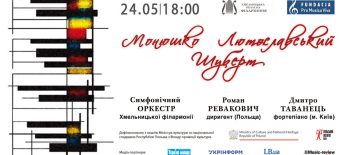Today as we celebrate the 230th anniversary of adopting the Constitution of 3 May by the last King of Poland and Grand Duke of Lithuania Stanisław August Poniatowski, it is worth mentioning that it is the May Constitution that introduced, among other things, the principle of the tripartite separation of power, and reformed the existing political system ensuring more equal treatment of all nationalities within the Commonwealth. The Constitution also expressed the nation’s will to defend Poland’s independence following its first partition by Austria, Prussia and Russia in 1772.
The Constitution of 3 May along with its complementary Reciprocal Guarantee of Two Nations adopted by the Great Sejm on 20 October 1791 also confirmed a closer union between the Polish and Lithuanian nations. The act ensured, among other things, equal 1 to 1 representation at the Commonwealth’s shared state bodies for Poles and Lithuanians. We can proudly say that the leaders of the two nations and states, despite all differences, were able to work together effectively at a crucial moment for their existence. Such example has been inspiring cooperation and friendship between Warsaw and Vilnius to date.
Unfortunately, the ambitious reform plans which had meant to be implemented based on the new constitution were shattered by the Russians’ armed intervention in 1792. As a legal act, the Constitution of 3 May formally ceased to be in force in November 1793 by virtue of the resolution by the Sejm that was summoned under the dictate of Russia and Prussia in Grodno. On the same year, the two states partitioned Poland for the second time.
Finally, the Polish-Lithuanian state disappeared from Europe’s map for over 120 years after the 3rd Partition in 1795 conducted by Austria, Prussia and Russia. This act, violating all principles of international law, was erased only after the World War I, when Poland and Lithuania regained independence as two sovereign states.
When Poland regained its independence, the anniversary of adopting the 3 May Constitution was celebrated as a national holiday since 1919. Under German and Soviet occupation as well as under the rule of communist authorities in Poland, when the 3 May Day holiday was banned, most Poles continued to observe it. In a sovereign Republic of Poland we have been celebrating May 3 National Holiday again since 1990.
The Constitution of 3 May and the Reciprocal Guarantee of Two Nations of 20 October 1791 are one of crucial elements of Polish-Lithuanian heritage. Their adoption was fundamental for today’s cooperation of our countries within the EU and NATO.
Apart from their common history, nowadays Poland and Lithuania work together to carry out numerous energy and transport projects which serve the entire Europe. The two countries also join efforts to strengthen global security, particularly in the region.
Recollecting their common heritage of the Polish-Lithuanian Commonwealth, our two countries support their neighbours: Ukraine that attempts to protect its sovereignty and territorial integrity in the face of Russian aggression and occupation, and the people of Belarus who deserve freedom and democracy in an independent state.



